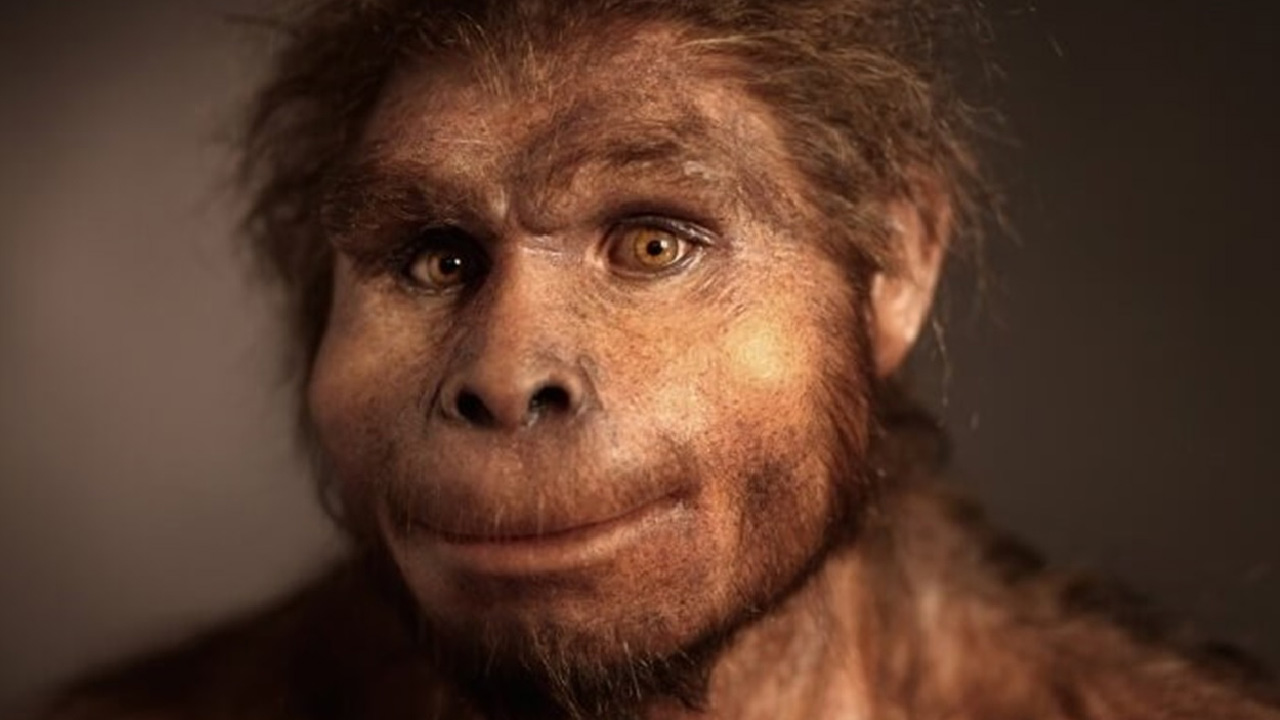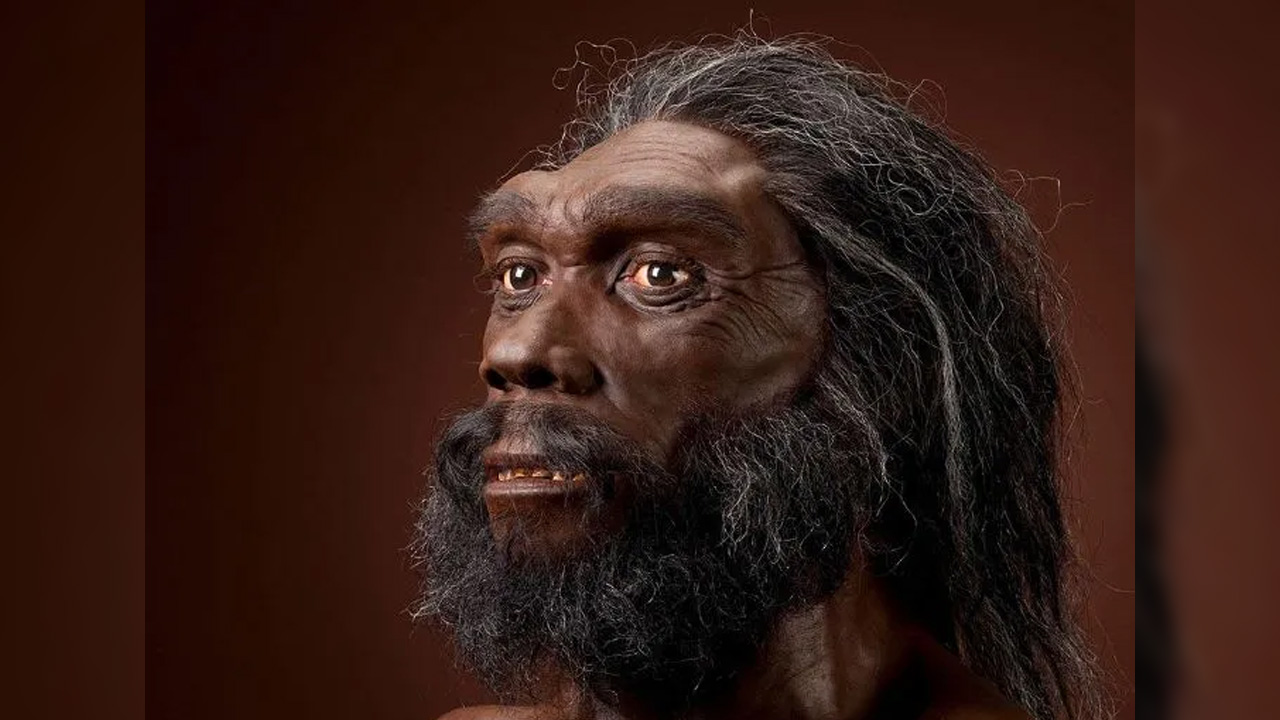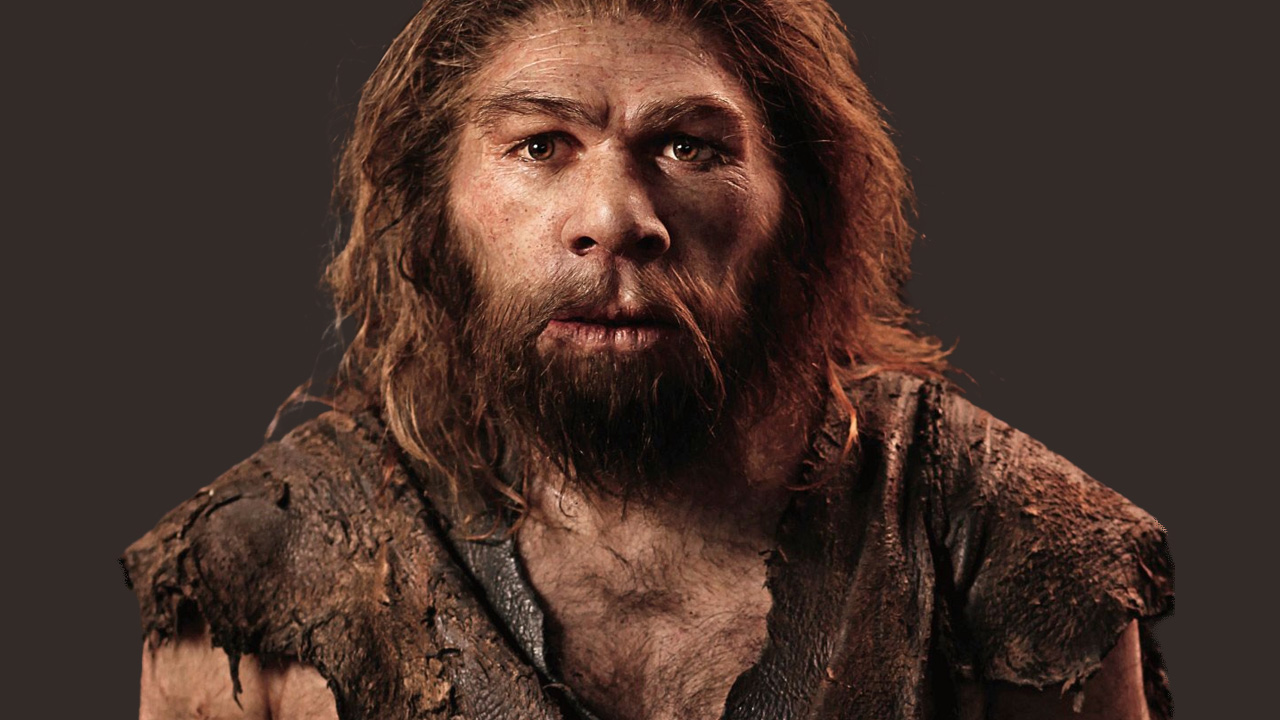There are many skin colors such as white, brown, blonde, brunette, black. So what was the color of the common ancestor of all people when we went back to the past, to the very past?
There are billions of people spread across the world right now, and these people have different skin colors depending on where they live and their genetic makeup. For example, people living in Europe with a colder climate while white skinned We see that people in Africa, which has a hot climate where the sun’s rays hit more steeply, have blacker skin. This skin color also changes depending on where we live.
We know that where we live directly affects our skin color. So when we look at the evolutionary process of humans What was the skin color of early humans? When we go deeper into the subject, we see that the skin color of humanity has gone through a long and changing journey.
The pigment that is effective in changing the skin color of people: Melanin
A pigment began to be advantageous in the period when people got rid of their hair and remained bare. melanin The increase or decrease of the pigment named is known as the main factor that determines the skin color. The more melanin a person has in their skin, the darker their skin color will be. As this pigment decreases, you will have a whiter complexion.
Originally, the first humans were white-skinned, but today’s white-skinned humans evolved from black skin.

You might say, how can this be? At this point, we will look at the evolutionary process of human skin color. According to scientists, humanoids 4 million years ago His skin color was dark, almost white. Because in this period, people had a dense layer of hair and the sun’s rays could be blocked by these hairs.
In the course of human evolution, skin color also evolved into black tones.

Although the human species began with a white complexion, The living ancestors of all present-day humans are thought to have evolved from the color black.. That’s because humans are thought to have lost almost all of their hair within 1.2 to 1.7 million years. While the skin of previous hominid species was white, after the hair disappeared in the evolutionary process, humans began to be vulnerable to UV rays from the Sun.
People who are vulnerable to the steep sun rays of Africa, Over time, he started to adapt to this situation. Through natural selection, over generations, darker-skinned individuals always had the advantage, because darker skin tones offered stronger protection against the sun’s rays. This protection also protected them against deadly diseases such as skin cancer.
The migration of Homo sapiens revealed different color pigments.

Our ancestors dating back to the present day about 150,000 years ago homo sapiens they began to migrate. People who immigrated to all areas from Africa to the Far East and Northern European countries began to adapt to the environment they were in.
RELATED NEWS
Enjoy The Coffee You Have Because We May Be The Last Generation To Drink The Harvest Of Coffee! So why?
In this adaptation process, people in regions that receive less sunlight, this time more than sunlight. They began to turn to lighter skin tones to get vitamin D. In this process, light-skinned people, who were more advantageous against geographical location, evolved accordingly. In fact, this, through natural selection, allowed them to turn different skin colors to suit the conditions of the region. For example, in our region, people with a skin color closer to white, such as auburn, have evolved. Because the place we live in is among the places with less UV rays.
RELATED NEWS
How Closely Does a Supernova Explode Damage the Earth?
Does skin color have a feature other than the area we live in?

We know that there are countless racisms about skin color today. judging a person by skin color As you can see in this content, it’s a completely wrong approach. What we call skin color, in its simplest form, consists of an evolutionary process related to the angle at which UV rays hit where your previous family members lived.
Sources: Live Science, Science, The Tech Interactive
